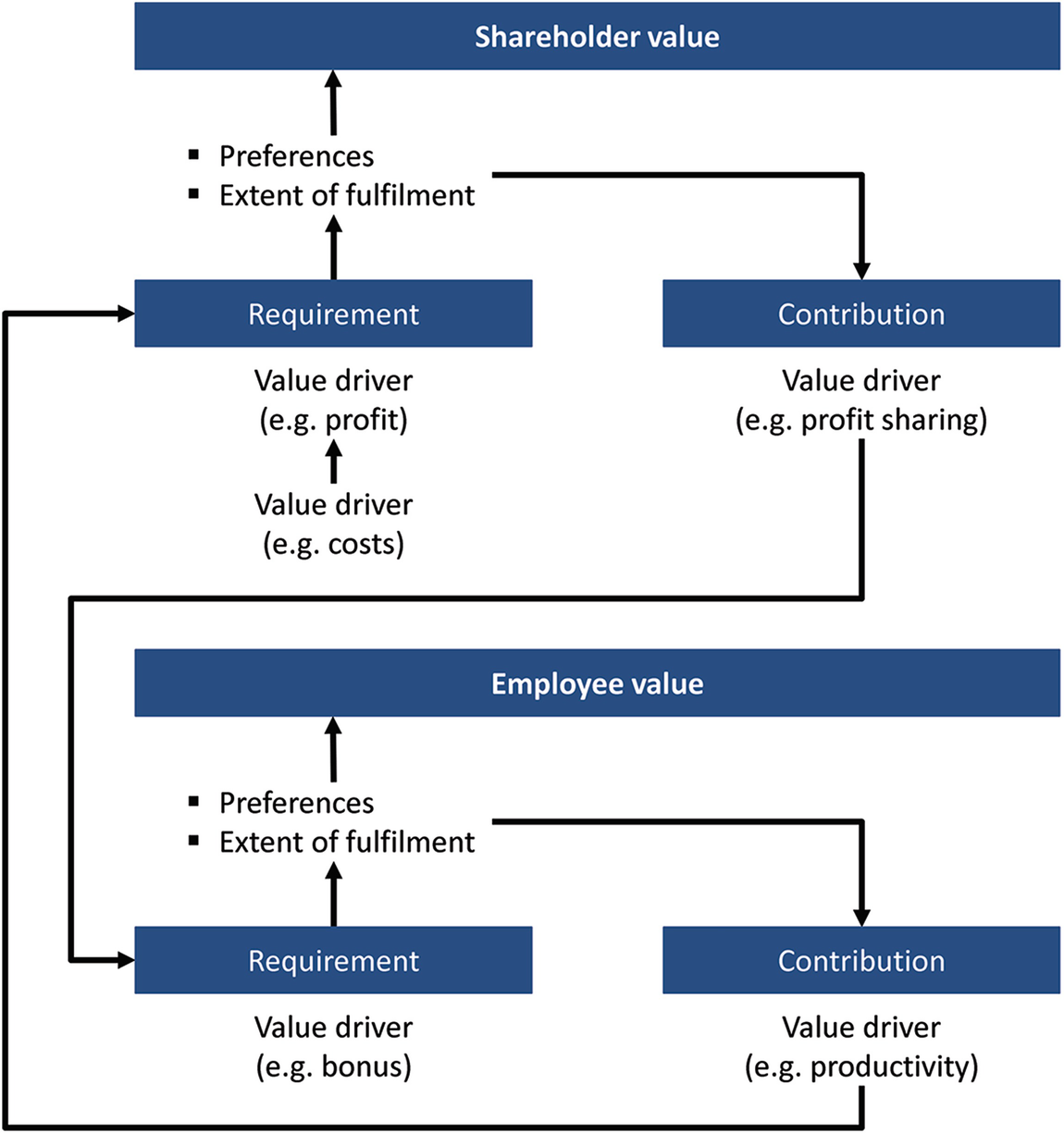
According to Alfred Rappaport in Creating Shareholder Value, these factors can be explained by seven key value drivers that must be managed in order to maximize shareholder value: sales growth. Alfred Rappaport 10, suggested seven value drivers within a business that can. Implementing Shareholder Value Analysis. Updated on: November 16, 2007 / 5:26 PM / MoneyWatch Shareholder value analysis (SVA) is one of several nontraditional metrics being used in business today. Alfred Rappaport 7 Value Drivers Average ratng: 6,0/10 1689 votes By the “seven drivers of shareholder value” proposed by Alfred Rappaport in his book Creating Shareholder Value: The New Standard for Business Performance (Free Press, 1986). Alfred Rappaport 10, suggested seven. The most important value drivers from the viewpoint of banking experts arecompetence and operating efficiency of bank employees, and effective.

This article needs additional citations for. Unsourced material may be challenged and removed. Find sources: – ( February 2008) () Shareholder value is a business term, sometimes phrased as shareholder value maximization or as the shareholder value model, which implies that the ultimate measure of a company's success is the extent to which it enriches shareholders. It became popular during the 1980s, and is particularly associated with former CEO of,. The term can be used to refer to: • The of a company • The concept that the primary goal for a company is to increase the of its (owners) by paying dividends and/or causing the stock price to increase • The more specific concept that planned actions by management and the returns to shareholders should outperform certain bench-marks such as the concept. In essence, the idea that shareholders' money should be used to earn a higher return than they could earn themselves by investing in other assets having the same amount of. The term in this sense was introduced by in 1986.

Contents • • • • • • • • • • • • • • • • • Definition [ ] For a publicly traded company, Shareholder Value (SV) is the part of its capitalization that is as opposed to long-term. In the case of only one type of, this would roughly be the number of outstanding shares times current shareprice. Things like augment shareholder value while issuing of shares () lower it. This shareholder value added should be compared to average/required increase in value, making reference to the. For a privately held company, the value of the firm after debt must be estimated using one of several methods, s.a.
Download crack for Perfect Mask Premium Edition 5.2.3 or keygen: With Perfect Mask Standard Edition create high quality masks quickly. Perfect Mask 5.2 Torrent. Perfect mask 52 premium edition keygen 1. OnOne Perfect Mask 5.2.3 Premium Edition Crack-Patch-Keygen-Activator Full Version Download Perfect Mask 5.2.3 Premium Edition Full Version Crack Download v Click Here To Know How to Download this file.
Shareholder Value Creation 3. Long-term value creation Alfred Rappaport prescribes ten Basic. Frontline employees on key value drivers they influence. Rappaport eschews the most common measures of a company's performance, such as price-to-earnings ratios ('Cash is a fact, profit is an opinion'), return on investment, and equity measures, instead concentrating on developing a shareholder value approach that measures 'value drivers' such as sales-growth rates, operating profit margins, and cost.
History [ ] On August 12, 1981, made a speech at in called ‘Growing fast in a slow-growth economy’. This is often acknowledged as the 'dawn' of the obsession with shareholder value. Welch's stated aim was to be the biggest or second biggest market player, and to return maximum value to stockholders. In March 2009, Welch criticized parts of the application of this concept, calling a focus on shareholder quarterly profit and share price gains 'the dumbest idea in the world'. Welch then elaborated on this, claiming that the quotes were taken out of context. Mark Mizruchi and Howard Kimeldorf offer an explanation of the rise in prominence of institutional investors and securities analysts as a function of the changing political economy throughout the late 20th century.
The crux of their argument is based upon one main idea. The rise in prominence of institutional investors can be credited to three significant forces, namely organized labor, the state and the banks. The roles of these three forces shifted, or were abdicated, in an effort to keep corporate abuse in check. However, “without the internal discipline provided by the banks and external discipline provided by the state and labor, the corporate world has been left to the professionals who have the ability to manipulate the vital information about corporate performance on which investors depend”. This allowed institutional investors and securities analysts from the outside to manipulate information for their own benefit rather than for that of the corporation as a whole.
Though Ashan and Kimeldorf (1990) admit that their analysis of what historically led to the shareholder value model is speculative, their work is well regarded and is built upon the works of some of the premier scholars in the field, namely Frank Dobbin and Dirk Zorn. During the 1970s, there was an economic crisis caused by stagflation.
The stock market had been flat for nearly 12 years and inflation levels had reached double-digits. Also, the Japanese had recently taken the spot as the dominant force in auto and high technology manufacturing, a title historically held by American companies. This, coupled with the economic changes noted by Mizruchi and Kimeldorf, brought about the question as to how to fix the current model of management.

Alfred Rappaport 7 Value Drivers License
Though there were contending solutions to resolve these problems, the winner was the Agency Theory developed by Jensen and Meckling, which will be discussed in greater detail later in this entry. As a result of the political and economic changes of the late 20th century, the balance of power in the economy began to shift.